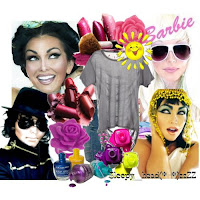


Annie Leibovitz is easily a household name today, and arguably one of the best photographers of her time. Starting her career working for Rolling Stone Magazine, she began taking intimate photos of Hollywood stars creating a type of photo that became her signature. Annie has made a reputation as a photographer of the Hollywood scene, and with that comes controversy. While some argue that Leibovitz’ photos are lewd, most think of them as masterpieces of the world of photography. Despite scandals including the “nearly nude” photo of Miley Cyrus, a teenage Disney channel star, Annie has done some unarguably great work.
Recently, Disney hired Annie Leibovitz to shoot the latest ad campaign for the Disney theme parks. These Ads recreate scenes from classic Diney films using famous actors such as Scarlett Johansen, Jessica Biel, Abigail Breslin, and Julie Andrews just to name a few. Her work combines the use of digital photography, and computer software to recreate the truly magical scenes from the movies the average person knows and loves.
Annie Leibovitz is an example of a truly great photographer and artist, whether controversial or not. Today the world of photography is changing, but artistry remains the same, it is simply the way the photographer works which makes him or her great.
Photos:
http://www.livingorlando.com/wp-content/uploads/2008/04/annie-leibovitz-julianne-moore-michael-phelps.jpg
http://www.independent.co.uk/multimedia/archive/00033/annie_leibovitz700_33742b.jpg
http://images.artnet.com/artwork_images/117084/186327.jpg
















